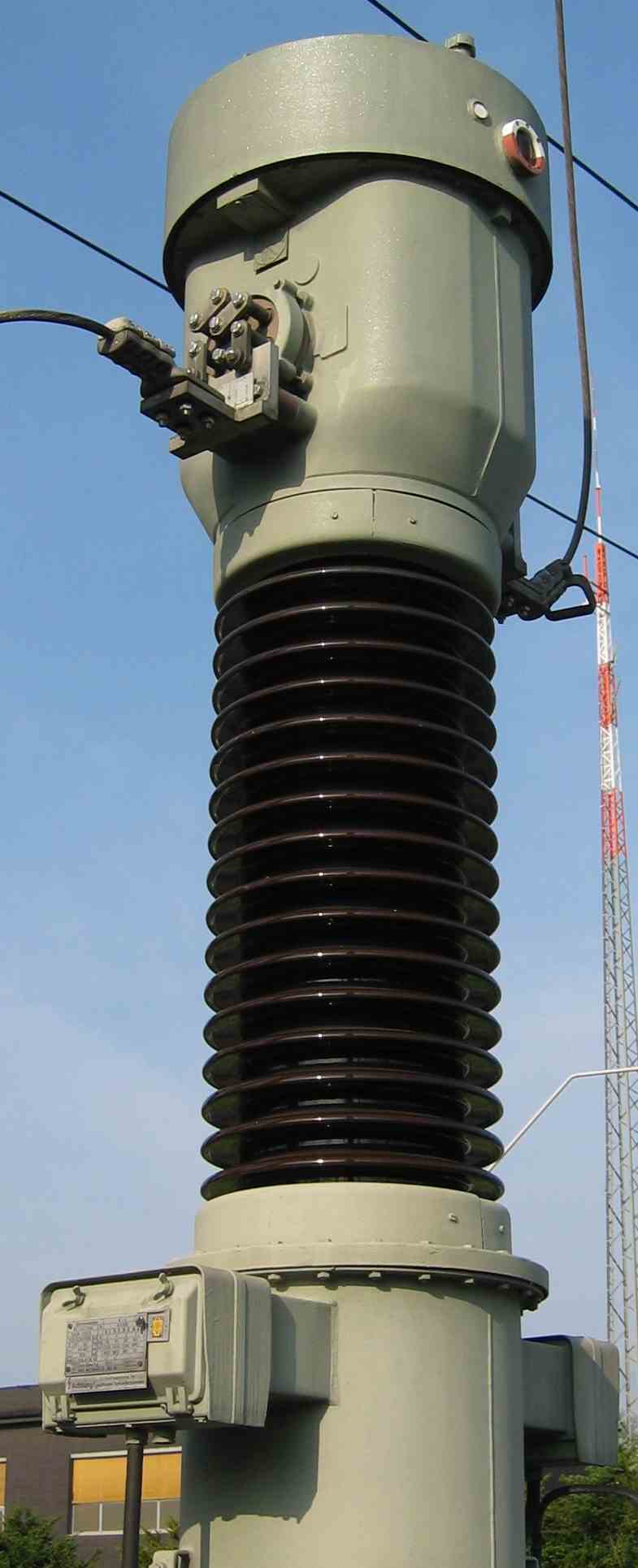Hi
an AC signal has both polarities.
Is what you really mean is to have the flip flop toggle in sync with the AC input frequency? Is this what you want?
Hi eTech!
And yes, the quote above is exactly what I hope to implement. The AC is the square-wave voltage-drop across the shunt, and the dual comparators discussed with Crutschow will adjust to sense on the square-wave sense-point where a clean edge seems to be... tweak from the hip. Take a picture of the oscilloscope, and ask for help!
I will attempt to make the full-explanation in context as I go along, and will try to answer questions.
The implementation of the intended full mystery circuit is to reverse current on a conductor. A half-bridge drives one end of the conductor with current from either polarity rail. The other end of the conductor has the current-shunt for a sense-point to latch the comparator outputs (like a flip flop, or discreet latching --dunno yet.
So one end sends current this way or that way, and the other end senses and decodes and latches the current direction to a pair of differential outputs.
One conductor current reversing unit (CCRU to save typing) will connect to another identical CCRU, outputs to inputs. So a CCRU drives a second CCRU, and that drives another, etc.
The differential connections are made such that each CCRU conducts in the reverse direction of the CCRU driving it.
This makes one-pair of CCRU-s that implement a magnetic loop antenna by shaping the conductors into half-loops and using the pair to make a whole loop.
The whole system is a 6-qty CCRU ring-amplifier to energize copper loops on a donut in strange ways in high-power over-driven pattern-seeded probing of the tensile matter lattice (a rogue science could term it nucleosonic resonance hunt, but I'm not a scientist... rogue maybe). We be experimentalists.
The experiments are nothing about overunity <-- nor is the Earth flat. But I'm not sure about aliens! This project is just a personal compulsion. The study goes into time-domain of the edge-jitter of the magnetic ring-amp. All of this is to be a digital time-domain version of a spectrum analyzer, working of a log of time-stamps of the oscillator cycle-times. It gets really nerdy and out of scope of this forum I fear. But I'll talk off topic off forum if such is prudent.
I really appreciate this help from this knowledgeable forum!
Standby patiently for illustrations. Grandpa's on a slow roll here. Learning curves everywhere.
DonEM


